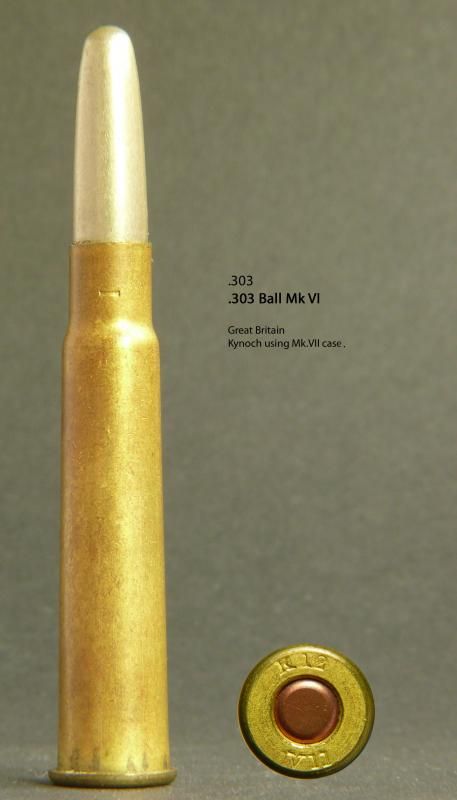peashooter
BOCN Supporter
Can anyone tell me if there were ever any round nosed AP bullets for .303 because I have 5 rounds that were in with my MkVI rounds to catalogue the headstamps are K14 VII & K13 VII but these rounds had what looked like MkVI bullets in them. I have been finally cataloguing the rest of my .303 and I always have a magnet handy but when I tipped out the bag of MkVI rounds out on my desk 2 of the rounds stuck the magnet which I thought was very strange and on checking I have 5 in total with this magnetic MkVI bullet
any help greatly appreciated
Richard.
It looks like there was a Round nosed AP bullet in around 1907 "Roth Armour Piercing Bullet" but surely these would not be in a 1913 or 1914 dated case ???
any help greatly appreciated
Richard.
It looks like there was a Round nosed AP bullet in around 1907 "Roth Armour Piercing Bullet" but surely these would not be in a 1913 or 1914 dated case ???
Last edited:

